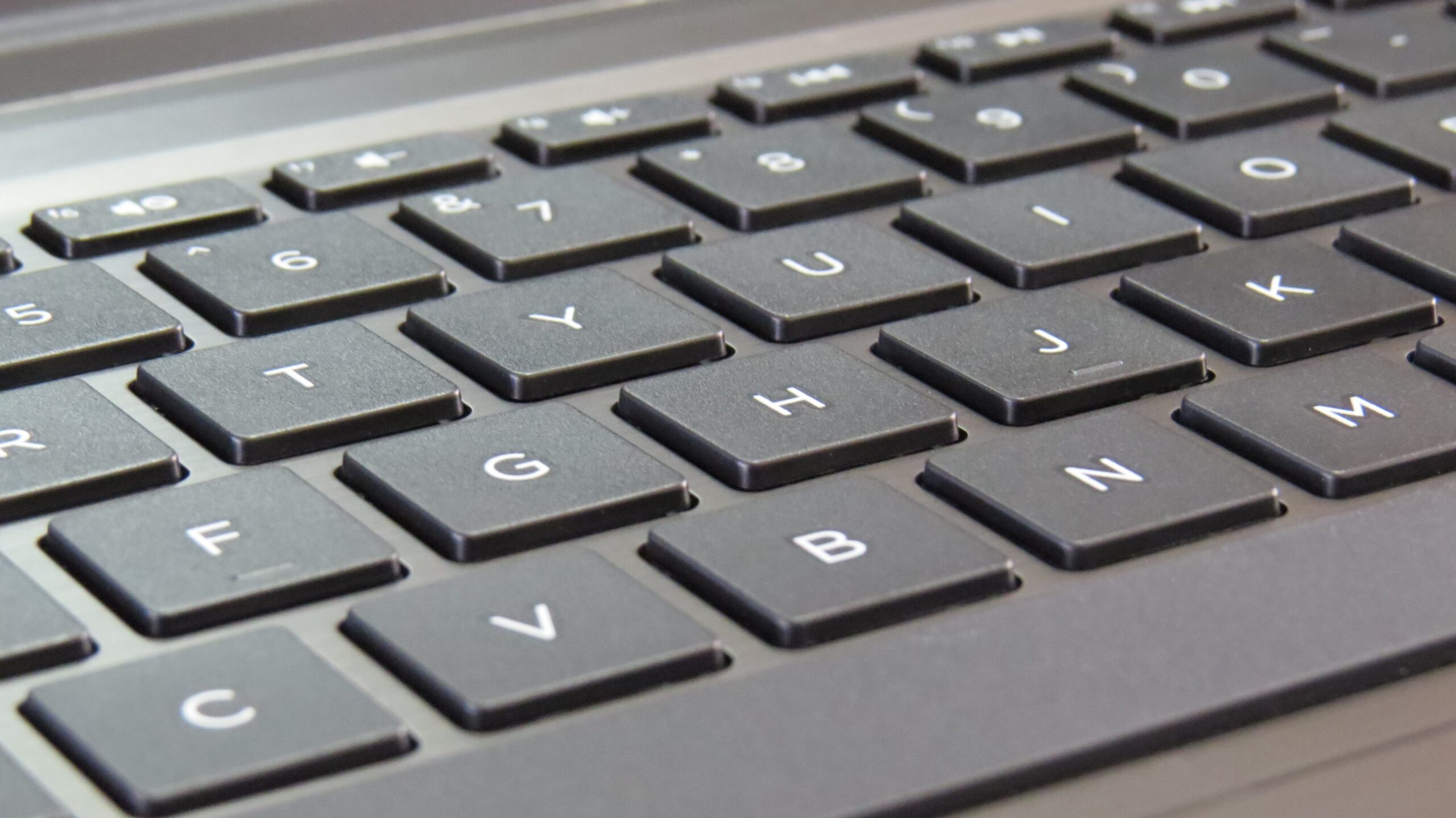 December is National Identity Theft Prevention and Awareness Month, and it is a reminder to consumers to be vigilant about the security of personal information. Precautionary measures often considered to be “common sense” are some of the best ways for individuals to protect their identity, says Rick Forno, director of UMBC’s graduate program in cybersecurity and assistant director of UMBC Center for Cybersecurity, in an article on WalletHub.
December is National Identity Theft Prevention and Awareness Month, and it is a reminder to consumers to be vigilant about the security of personal information. Precautionary measures often considered to be “common sense” are some of the best ways for individuals to protect their identity, says Rick Forno, director of UMBC’s graduate program in cybersecurity and assistant director of UMBC Center for Cybersecurity, in an article on WalletHub.
Destroying unneeded documents that contain personal information, such as old medical records and tax returns, rather than simply throwing the documents in the trash, can help individuals protect their identity. However, Forno emphasizes, “Common sense precautions…are by no means a guarantee of ‘total’ security against identity theft.”
So far in 2015 alone, 690 cybersecurity breaches granted hackers access to more than 176 million records. This has led to the implementation of more aggressive measures to improve cybersecurity across industries, and to more caution by individuals sharing information online, but there are still concerning issues that are beyond consumers’ control.
“A larger problem is how to guard against company and government sites that the individual does not control access to or the security of the data on those servers,” explains Forno.
Social media can also play a role facilitating identity thefts, he notes, reminding readers that hackers can utilize seemingly innocuous personal details posted on social media, such as “your friends’ or relatives’ names, your alma mater, car make/model, favorite color, sports team, etc.” “Here again, common sense practices are key,” he says. “It’s just something to be aware of as you view online risks generally.”
Read the full article, “2015’s States Most Vulnerable to Identity Theft and Fraud,” on WalletHub, including Forno’s advice to consumers.
Photo by Luke Jones, CC by 2.0.
Tags: COEIT, Cybersecurity

